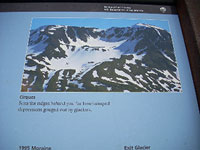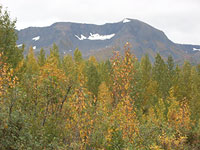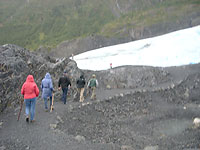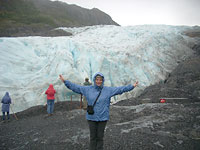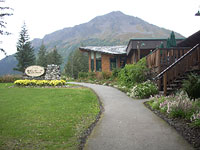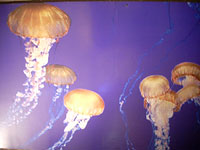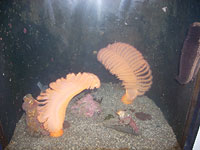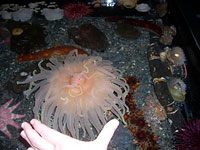

 | |||||||||||||||||||||||||||||||
|
|
Journals 2009/2010Jennifer Duncan
September 12, 2009 This morning was full of surprises awaiting me only eight miles from the lodge; however I was so tired and could barely get up. It was one of those mornings where you just wanted to sleep in. We were also losing five minutes of sunlight per day at this point. Then, I thought to myself you are only in Alaska once in your lifetime you have to get up and seize the day. So I did. Our tour guide began the field trip at 8:15 a.m. sharp and brought us out to our very own parking lot talking about the glacial movement just around our lodge. The peaks and crevices surrounding the lot were astonishing. It has been 10,000 years since our last ice age and you can tell the difference in the entire flora around us. The spruce trees growths are a significant indicator of the changes and glaciers melting throughout the thousands of years. The trees were almost set in rows in which you could see the different periods of time the glacier melted. The oldest row was of course the furthest away with the largest trees. The remaining section of the glacier and snow cap on top created the rapid flow of silt water, river that rushed by us. We started our hike up to Exit Glacier discussing the times in B.C. over 2,009 years ago where the entire land was all ice. The tectonic plates collided and pushed the rock up to help form some of the mountains. As the glaciers melted and pushed through these mountains the cracks, crevasses, and valleys, were formed. If the glacier made it to the sea they pushed down on the seafloor to form fjords. Resurrection bay here in Seward is as deep as 1,000 feet. I would of never guessed it to be that deep, it looks like a normal Florida shallow bay.
On our way up to the glacier we saw fresh moose and bear tracks. The bear took his claws and engraves his presents on the trees to show everyone his territory. The claw marks were so high up on the tree I couldn't have possibly reached them. Obviously, he was on his hind legs to have done this. Let's just say we were VERY observant to our surroundings. To make the most out of my day I spent the afternoon surrounded by sea critters. I went to visit the Seward Sealife Center. It was very informative and had spectacular exhibits.
Questions: Extra Credit: |
||||||||||||||||||||||||||||||
